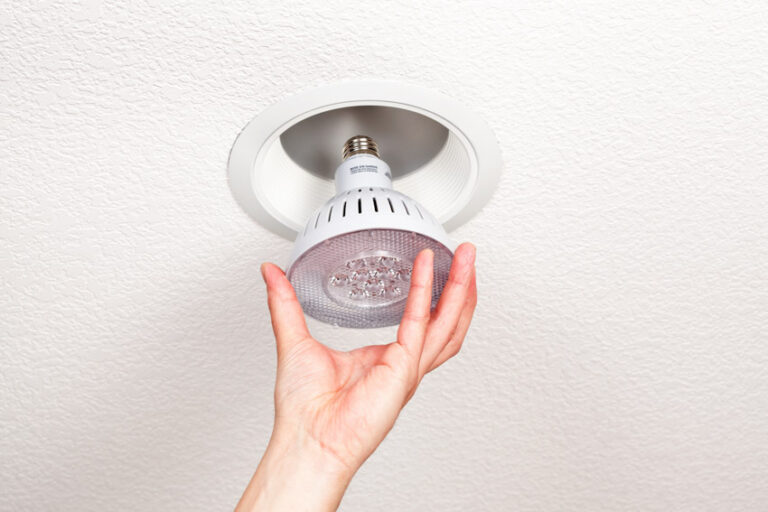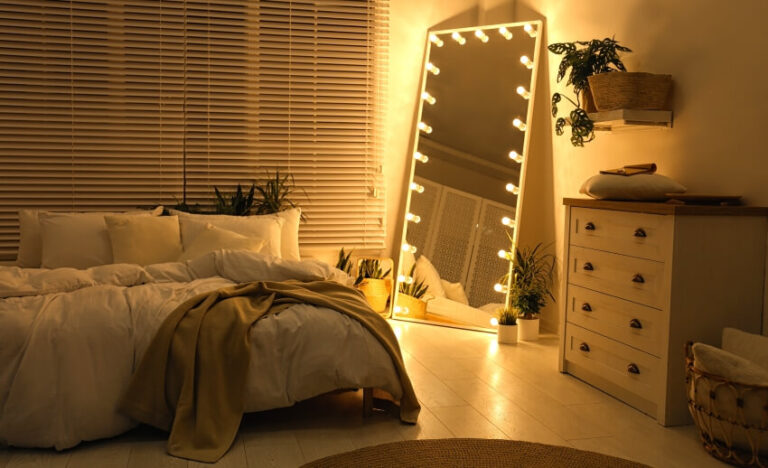Types Of Motion Sensor Lights
See the different types of motion sensor lights including what they are, pros and cons, how they work, features, cost, and if they’re worth it for your home.

Motion sensor lights have become an important addition to one’s home. And the technology used for them to function has come a long way since Heinrich Hertz first produced and detected electromagnetic waves in his laboratory in 1888 and Samuel Bagno invented a motion sensor as a burglar alarm in 1950.
This technology has continued to be used for the security of homes and infrastructures all over the world. Motion sensory technology has expanded its reach from security to aesthetics, considering it has now also been integrated into lighting.
Many smart homes are now installed with advanced lights, contributing to more than just the aesthetics of the homes but also as an added layer of security.
Yes, you’ll be able to detect movements in your outdoors if there’s someone there. And you can also use and activate the these lights at night when it’s difficult to walk in the dark.
What Are Motion Sensor Lights?
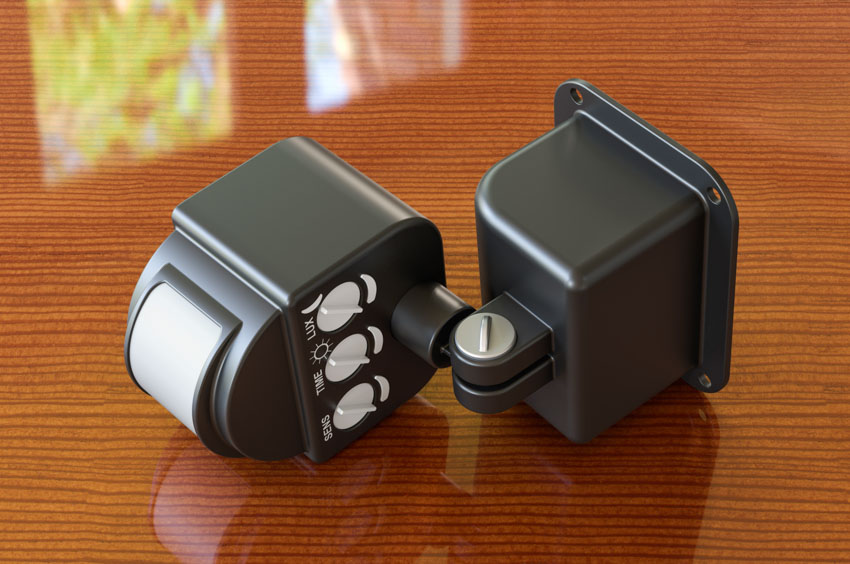
Motion sensor lights, in a simple explanation, turn on as a reaction to any movement around them. They automatically light up once movement is recognized, and they remain to be turned on for either as long as movement is there or for a specific period of time.
The lights are installed with a specific motion detector to make this possible. And while the technology is fascinating, this type of lighting is not too complicated since you can install them in your own home.
When installing these lights in your home, identify your purpose first. Why and where do you need them? If you’re going for more security, installing some outdoor motion detectors to ward off burglars is the ideal thing to do.
Be strategic in positioning these lights and make sure to take into account all possible entry points, from the doors to the different types of windows in your home. If you want these lights to serve as additional convenience inside the home, you can put them in every corner of your home.
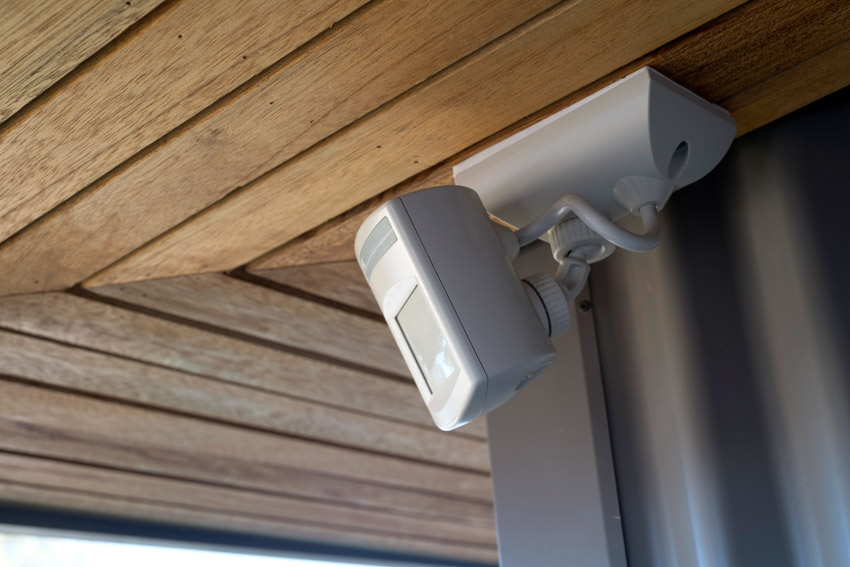
But if you want to be more conservative about where you place them, consider areas with high foot traffic like the hallways and other common areas like the kitchen, living room, and dining area. Try installing one in your garage too (inside and outside) to navigate in the area better at night.
If you’re going for additional aesthetics though, especially outdoors, installing them in your outdoor walkways will not just be convenient and functional but also add appeal to your home.
Types Of Sensors
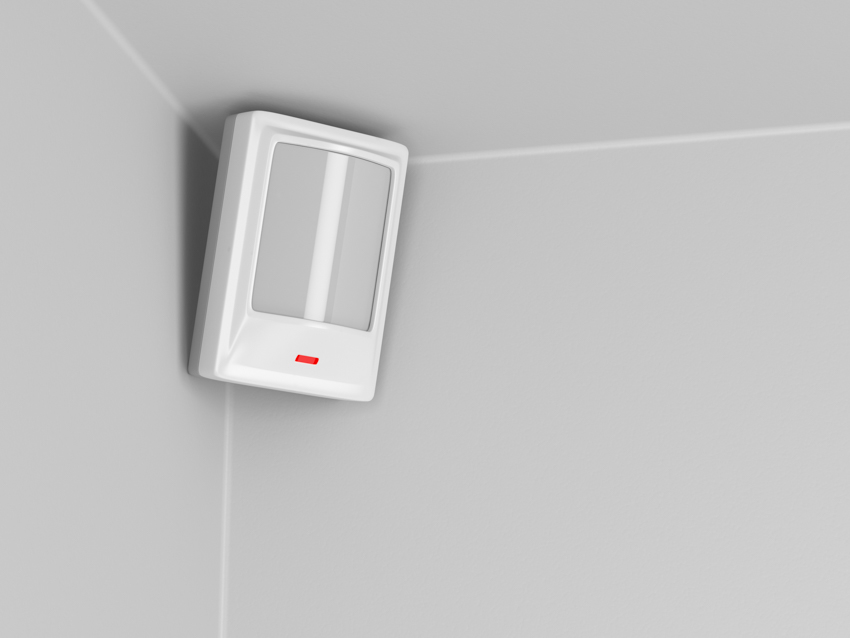
From radar in the time of World War 2, motion sensors have expanded and evolved throughout the years, giving birth to new kinds of motion sensors.
Passive Infrared Motion Sensors: Considered the most common sensor technology, the Passive Infrared or PIR functions differently than the Bagno burglar alarm.
The sensor reacts to infrared energy or IR and waits for it to hit the location of the sensor. Once it hits the sensor, it will be triggered and the light will turn on.
With a PIR device, it will search for heat to reach its location since body heat is what can be considered as the IR emitted by people. After the sensor detects a new change in temperature in the surrounding area, the lights will turn on.
Active Motion Sensors: Also known as radar-based sensors, Active Motion Sensors use Bagno’s technology, with a transmitter and a receiver. These sensors send out waves in the perimeter and once something disrupts the waves, the sensors will be activated.
Compared to PIR, active sensors do not read body heat and so won’t be able to differentiate between inanimate objects and living things. This limits the sensor to some applications but can be used in automatic garage door openers and security systems.
Microwave Sensors: Microwave sensors are a type of active sensor that detects microwave radiation instead of sound waves. A frequency shift in the microwave radiation registers as a movement and triggers the sensor.
Compared to PIR, microwave sensors have a larger coverage. The downside though is that false alarms are more prominent in these sensors since microwave sensors are more sensitive and can detect through the walls.
Dual Technology Sensors: Dual Technology Sensors combined PIR and microwave technology in order to optimize and make use of each technology’s strengths and features. With the combination of these two sensors, false alarms are reduced and performance is improved in the process.
The sensors can only be triggered if a temperature change detected by the PIR together with the disturbance in the radiation waves by the microwave sensor must be met first. This takes out false alarms in the form of a rapid temperature change and a falling object.
As a result, the dual technology offers more accurate lighting, leading to better energy-saving opportunities. The drawback though is that circumventing one type of sensor is enough to trick the sensor, which is not ideal for security purposes. Most just use two technologies separately.
Different Types of Motion Sensing Lights

Besides the different types of motion sensors, there is also a wide variety of lighting features you can consider.
Flood Lights with Sensors
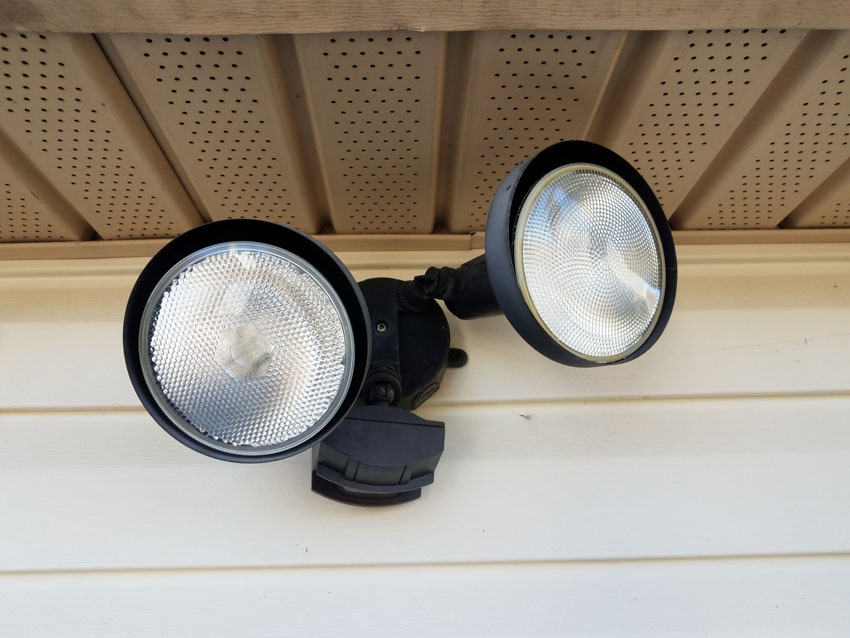
These flood lights are an excellent addition to your home if you want to invest in your safety and security.
Floodlights are meant to attract attention and so it would appear like you are literally being flooded by lights. This is among the ideal types of outdoor lighting options that can be used to disrupt and deter prowlers and burglars.
Battery Operated Lights with Sensor Feature
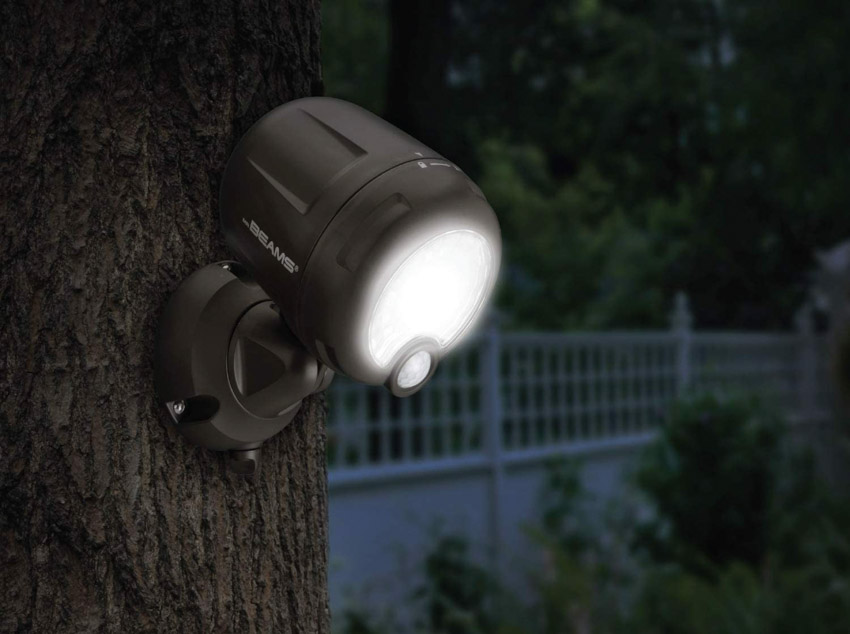
Battery-operated motion sensor lights use energy stored in the battery. Many prefer this type of because it will not be hindered by either a power outage or the lack of sunshine, making it a more worry-free option.
Most battery-operated motion sensor lights are wireless and so they are more convenient and easy to install compared to other types. And when they automatically shut off due to lack of movement, energy is guaranteed to be saved in the process.
Solar- Power Lights with Sensing Capacity

Solar motion sensor light is powered by solar power, which is not only cost-effective but also environmentally friendly. This type is an incredible investment you can choose and it is the perfect option if you live in a location where the sun is constantly out in the sky. Of course, the drawback is that you will experience a lack of power every time there is a lack of sunshine.
Wireless Lights Motion Detecting Feature
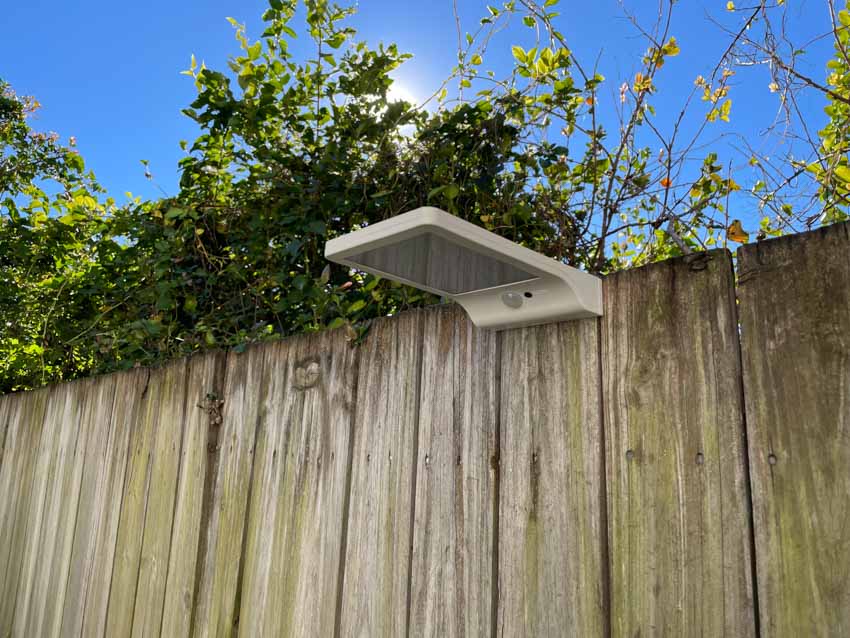
A wireless motion sensor light focuses on practicality and convenience. You can install them anywhere since you don’t have to worry about wires and plugging them in.
Whether indoors or outdoors, you can place them in every corner of your home if you want to. They can come with either a battery or as solar-powered.
Camera Equipped Sensors

A motion sensor light with a camera is a combo of a motion sensor light hardwired with a camera, which is perfect if you’re going for another level of layered security in your home.
These two different devices turn on and off at the same time, which is when the sensor detects motion around it. It is a great device for security since not only do you get to scare prowlers and burglars but you can also see what’s actually happening in the area where it’s installed.
Indoor Sensors for Motion
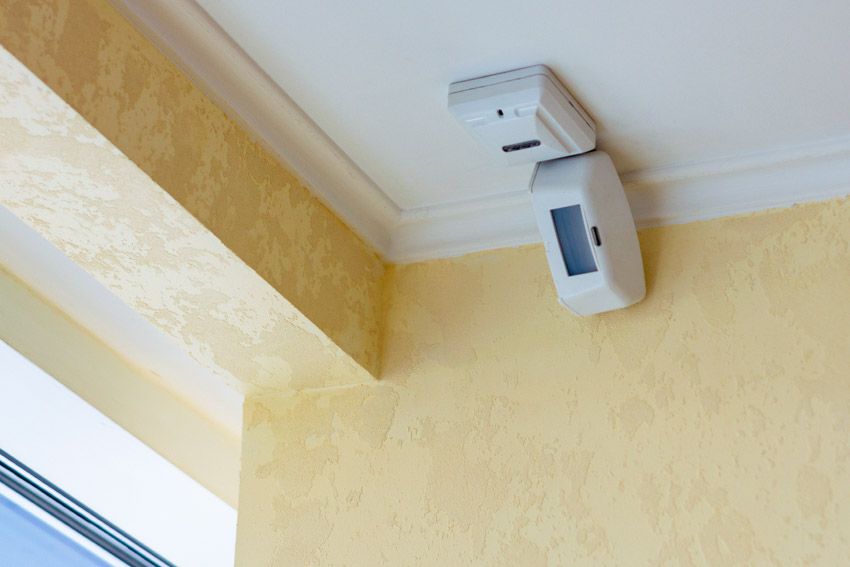
Indoor motion sensor lights are ideal in common areas where there’s high foot traffic. They can light the way for everyone, especially at night. Besides that though, you can also install one inside your closets and cabinets for convenience.
You can even use some as accent lighting in the drawers, especially if you have a walk-in closet. Depending on where you’re planning to install them, you can use wireless and battery-operated or wired ones.
Light Bulb Type Sensors

There are motion sensor light bulbs available that are equipped with a PIR (Passive infrared sensor) which can automatically turn on when motion is detected.
These types of light bulb motion detectors can turn on and off without a controlling switch and have a dusk to dawn light sensor making them a good choice for regular light fixtures.
Most other lights use regular LED light bulbs, incandescent, or halogen light bulbs. Avoid using bulbs that emit high heat that can interfere with the motion sensor.
You will also want to take care to avoid using a bulb that has any type of delay in turning on which will cause the sensor to not work properly.
CFL’s or compact fluorescent light bulbs are not a good option since they have a delay turning on and can emit a high heat which can damage the unit.
The type of bulb you use can either be stand-alone with their own sensor or be connected to a system that automatically turns on when the sensor detects motion near it. If in doubt, check the specifications of your light fixture for exact instructions on which bulb is best for your unit.
Sensors with LED Lights
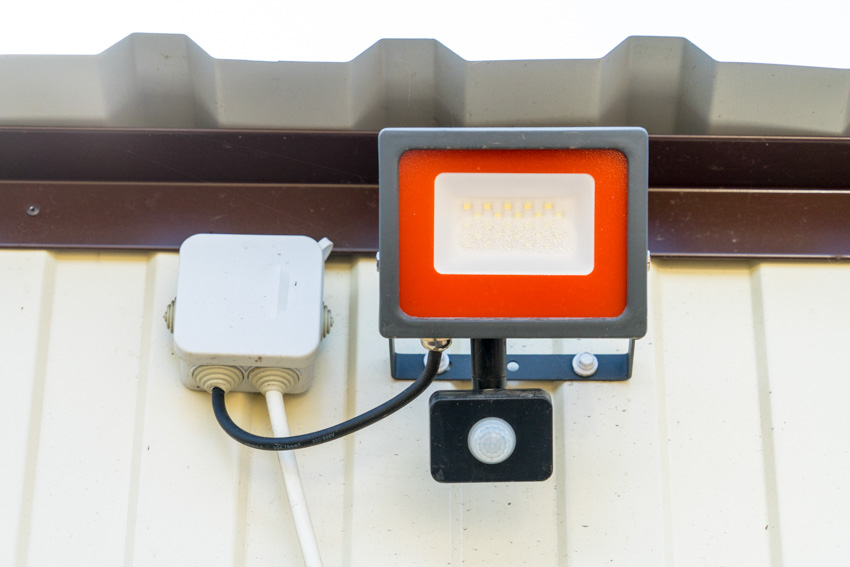
This type of LED light lasts longer than other types of bulbs. It is considered cost-effective, since while it may cost more compared to incandescent lights when you purchase it but can save you more money after some time since you don’t need to replace them from time to time.
Installation Cost of Lights Equipped with Sensors
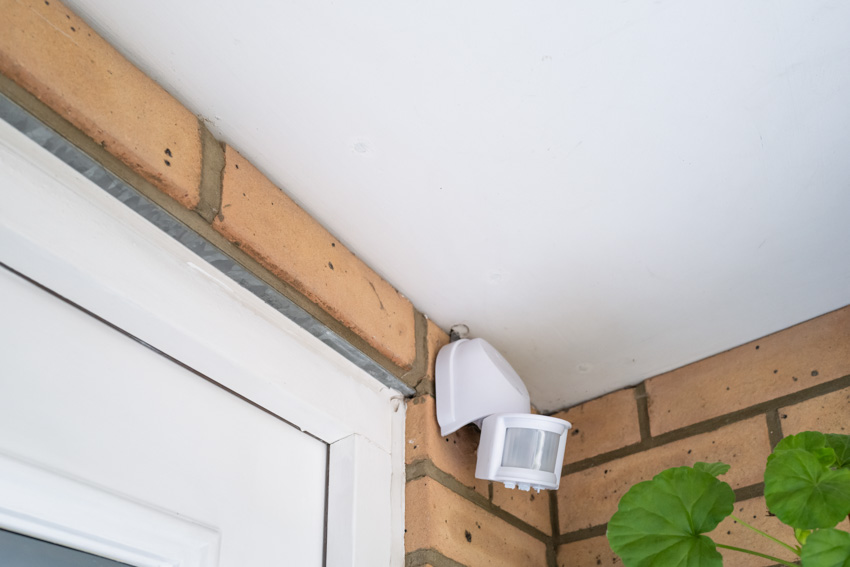
Motion sensor lights, considering they use incredible technology, can understandably cost more than regular lights. The initial purchase cost can be around $15 to $200, just for the lights alone and without their installation.
The labor can cost around $30 to $250 depending on how complicated the system is and the number of lights that need to be installed. It can take professionals around 20 to 30 minutes for each light that needs new electrical wiring.
On average, purchasing and installing these lights can cost you $370. The price of the lighting of course will depend on the type you purchase, from a standard motion sensor light to a decorative light-filled with smart features.
Prices can also differ based on features and optional accessories, including but not limited to solar power, remote sensor, dusk-to-dawn operation, and remote control.
Benefits of Lights with Motion Detection
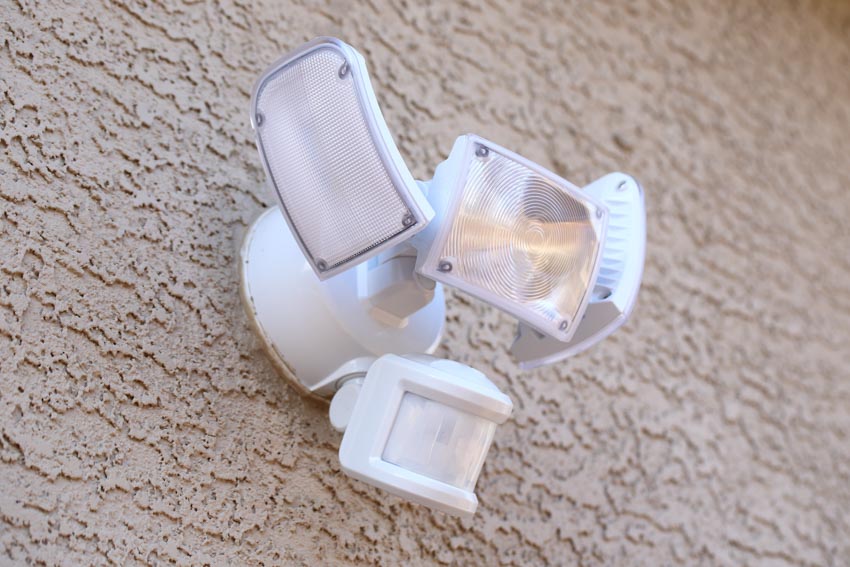
Motion-activated lights offer users a variety of benefits you can enjoy. Some of which include the following:
Energy Savings: These lights are energy-saving, considering their automatic on and off features. You won’t need to worry about forgetting to turn the lights off since they automatically go off when you leave the area.
This goes the same for indoors and outdoors motion sensor lights. And you can turn the system off completely during the day so they won’t use up energy.
Added Security: If you want additional security in your home, these lights can do the trick. While they’re nothing compared to an electrical wired gate, these motion-activated lights can discourage and intimidate burglars and prowlers. They can also alert people in the vicinity that something or someone is in that perimeter.
Extra Convenience: Motion sensor lights in your home are convenient to have since you won’t need to feel around the walls just to switch the light on. You just need to walk in the direction of the area and the lights will automatically turn on.
They are specifically beneficial for the elderly, children, and people with disabilities who need extra assistance in navigating around the house, especially at night.
Drawbacks of Using Motion Detecting Fixtures
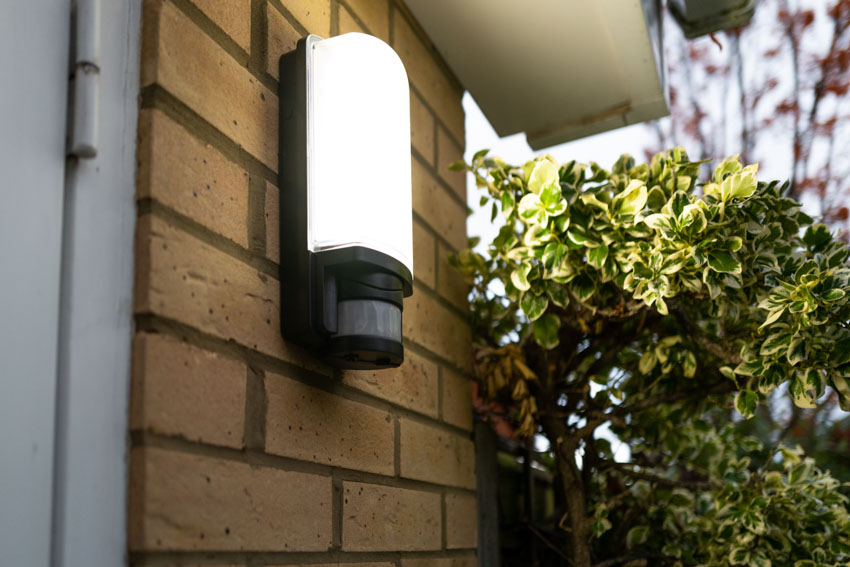
With incredible benefits, motion sensor lights also have their drawbacks, including the following:
Distracting: False alarms can occur and when they do, they can be distracting since there’s nothing to worry about in the first place. It can also be surprising when you unintentionally trigger a motion sensor light when you’re just passing by.
Can Upset Neighbors: And worse, it can also get annoying once your motion activated flood lights keep tripping on at night, getting the attention of everyone in the neighborhood.
To help avoid this drawback one can choose and invest in high-quality lighting so issues like false alarms can be prevented .
Expensive: These lighting fixtures are expensive compared to regular lights. You are paying for the technology these lights use for the sensors.
You will also need to pay extra for other features, including their weather resistance, changing colors, solar panels, and even voice assistants. And they’re not cheap at all.
How Does a Lighting Fixture with Motion Feature Work?
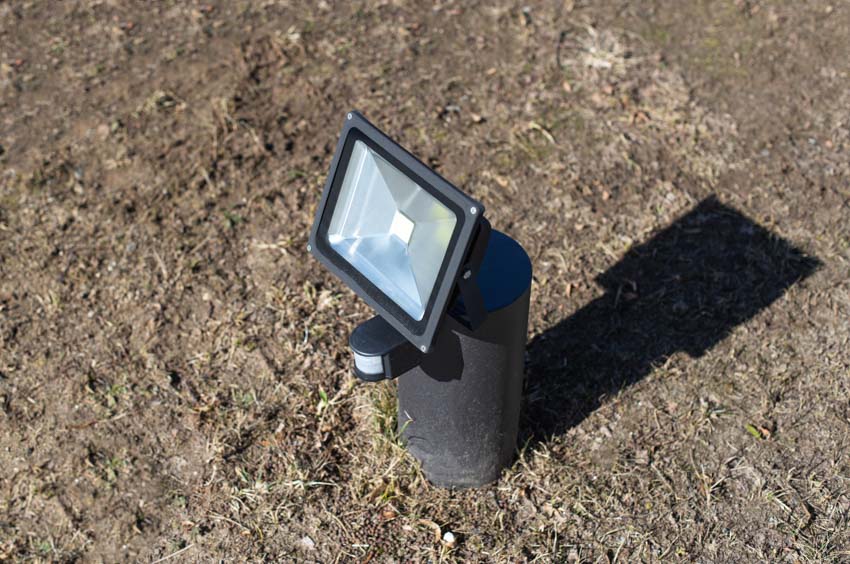
Motion sensor lights work as simple as lighting up when the sensor feels motion and any disturbance in its perimeter. And this simple trick is from the combined genius of Heinrich Hertz, the inventor of radar, and Samuel Bagno, who created the burglar alarm.
Depending on the type, there are two different ways how they work. The first one imitates Samuel Bagno’s burglar alarm, where webs of ultrasonic waves are sent out in the sensor’s perimeter.
The webs of these waves bounce off inanimate objects and when they remain undisturbed, the sensor will not be triggered. A disruption in these patterns of waves will trigger the sensor. And the movement can come from any person, animal, or moving object.
The second one works differently and uses either infrared energy or microwave radiation. The sensor waits for infrared light to reach its location and then responds accordingly.
The sensor detects infrared energy in the form of heat and IR radiation from people. This is what triggers most lights in order to turn on.
This technology evolved throughout the years, with many advancements and versions applied to different objects and industries. The lighting may work differently from each other, depending on the specific technology and type of sensors used in them.
How to Make Motion Detectors Stay On
Motion sensor lights turn on when they detect movement but you can also let the light stay on and override motion detection through the following ways:
1. Turn the sensor on, off, and on in a quick successive press of the button. The sensor can go back to its motion detection mode once you turn it off and turn it on again after 10 seconds. While simple, this trick won’t apply to all devices since it’s just an easy fix.
2. Cover the sensor with black tape and flip the switch on and off twice. This can also override the motion sensor. You can turn it back again by taking the black tape off and flipping the switch on and off twice again.
Manual-on motion sensors, also called vacancy sensors, require the occupant to turn on the lights manually. – Green Building Illustrated, Francis D. K. Ching, Ian M. Shapiro
3. Choose a light with a stay-on feature or a manual-on feature. In this case, you won’t have to worry about a trick since you can just activate this feature and it will stay on. The device will act like a normal light switch you can turn on and off when needed.
4. Create a hardwired bypass using a manual switch that you can use to keep the lights on. While it’s not a complicated task, it will require you to do some wiring in your wall box.
How to Reset Motion Sensing Fixtures
Resetting your lights may be needed in cases of power outages, electrical surges, faulty sensors, and even bad bulbs that need replacing. And this is not a difficult task to accomplish.
Try these methods to reset your motion sensor light:
1. Turn the light off, wait for 30 seconds or longer, and turn it back on again.
2. Quickly turn on the sensor light switch four times, allowing the light to stay on. Once it’s one, turn the switch off and turn it back on again after 5 seconds.
3. If the two methods provided do not work, you might need to go to the main power source. Turn off the power at the circuit breaker then turn it on again after at least 30 minutes (Some sensors may need up to an hour before turning it on though). This can fully reset the sensor.
Does a Motion Detector Use a Lot of Electricity?
Battery-powered and solar-powered motion sensors obviously do not use electricity as the regular wired ones do. For these other types though, while they may use electricity, they don’t use a lot of it.
On a standby mode, they use 1 watt of energy, and on active mode around 5 watts. The standby mode is usually 24 hours a day while the active mode is around 1 hour a day.
The power consumption of motion sensors depends on their models and attachments. It ranges between 0.5W to 8W though, which is not a lot. In fact, using these lights can reduce your electricity consumption for lighting by about 30% to 40% according to the MDPI.
This is not surprising since they are automatically turned off when not in use, taking out the risk of accidentally leaving the lights on, and on standby mode most of the time, which does not require a lot of electricity.
Regular types of lighting fixtures use 60 times more than motion sensor lighting. This means that using these lights helps you avoid unnecessary electric consumption, lowering your utility bill as a result.
Your savings will depend on several factors though, including the type of bulbs and lighting you use and the location where they are installed (whether they are in high foot traffic area or not).
Are Detecting Sensing Lights Worth It?
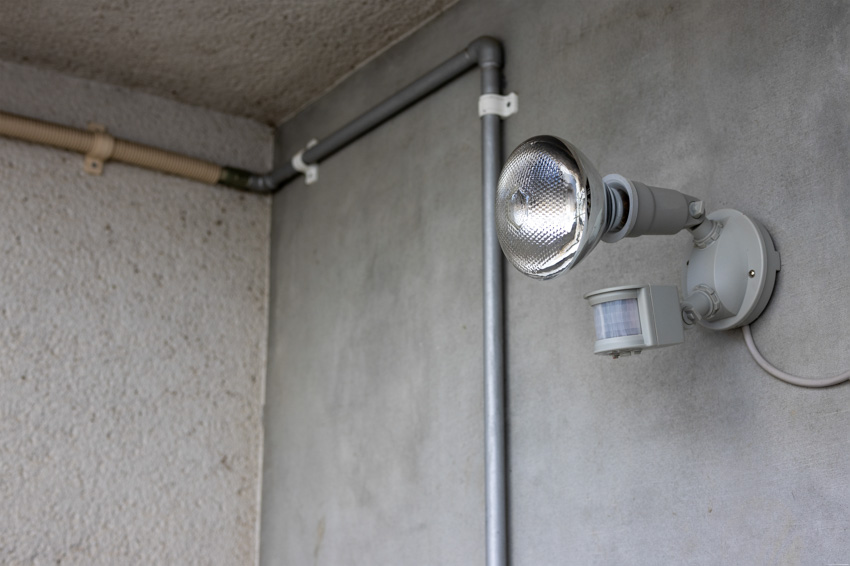
Deciding whether motion sensor lights are worth it or not will depend on your necessity of them and the types you choose to install. Do you need them? What are you planning to install in your home?
If we’re talking about cost-effectiveness, they are definitely good investment options. While the initial cost may be more expensive when compared to standard lighting, the accumulated energy due to their minimal energy output and monetary savings at the end of every year are worth noting.
Install them in areas where people mostly forget to turn the lights off (bathrooms, garages, and closets) to make the most of these savings. Besides its financial benefit though, you can get to enjoy the convenience and added security that these motion sensor lights provide.
You get to feel safer and more secure in your home and walking at night doesn’t need to be a herculean task. The aesthetic value they add to your home is incredible since they can also serve as stunning accent lighting for your walk-in or any other area in your home.
See more related content in our article about the different types of recessed lighting on this page.

